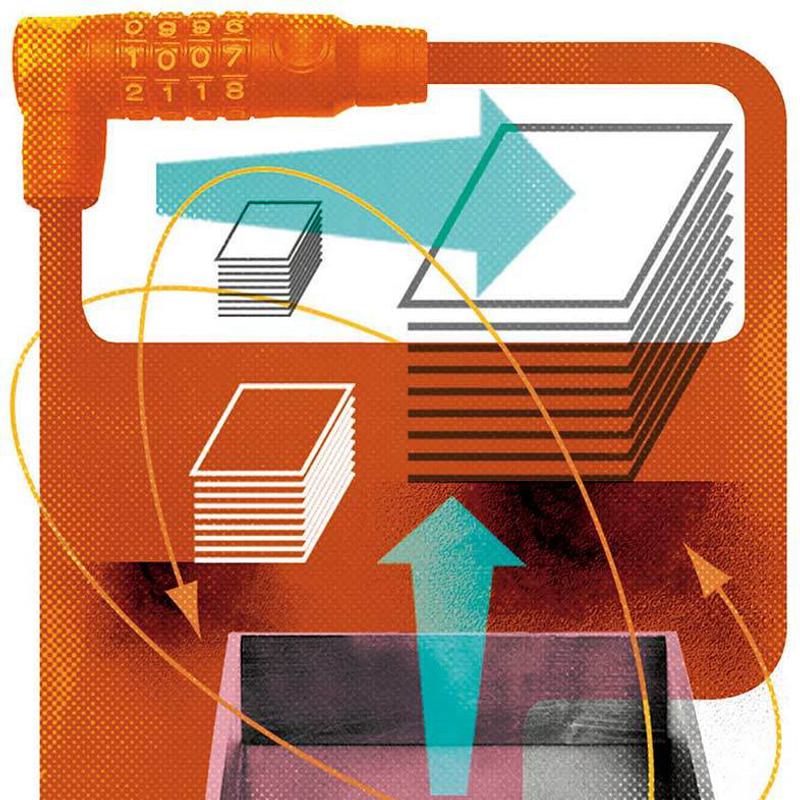Lessons from Second Chance Pell A Toolkit for Helping Incarcerated Students Complete the Free Application for Federal Student Aid

Overview
In 2015, the U.S. Department of Education announced the Second Chance Pell (SCP) experiment under the Experimental Sites Initiative, which allows incarcerated students who would be eligible for Pell Grants—a form of federal financial aid—if they were not incarcerated to access them while attending an eligible academic program offered by one of the colleges participating in the experiment. But filing for financial aid while incarcerated can be a formidable challenge. Drawing on the experiences of the first group of SCP colleges, this toolkit, drafted in collaboration with the Chemeketa Community College, is designed to aid new and existing participants as they guide students through the complexities of filing for federal financial aid in prison, including completing the Free Application for Federal Student Aid, known as the FAFSA.
Key Takeaway
This toolkit discusses federal financial aid eligibility requirements that often stymie incarcerated college students, such as Selective Service registration, issues with defaulted loans, crime-specific restrictions that may affect eligibility, and the documents required to obtain need-based aid. It also provides strategies to help students in prison overcome these difficulties.
Publication Highlights
Financial aid can help incarcerated students gain access to postsecondary education in prison, but colleges and students must be aware of the complexities of administering Pell Grants in the corrections environment.
Many of the means on-campus students use to apply for financial aid—such as Internet access, telephoning, and written correspondence—are forbidden or highly restricted to students in prisons.
At more than $28 billion aid awarded in the 2017–2018 award year, Pell Grants are the second largest source of need-based aid for postsecondary education, after federal student loans.
